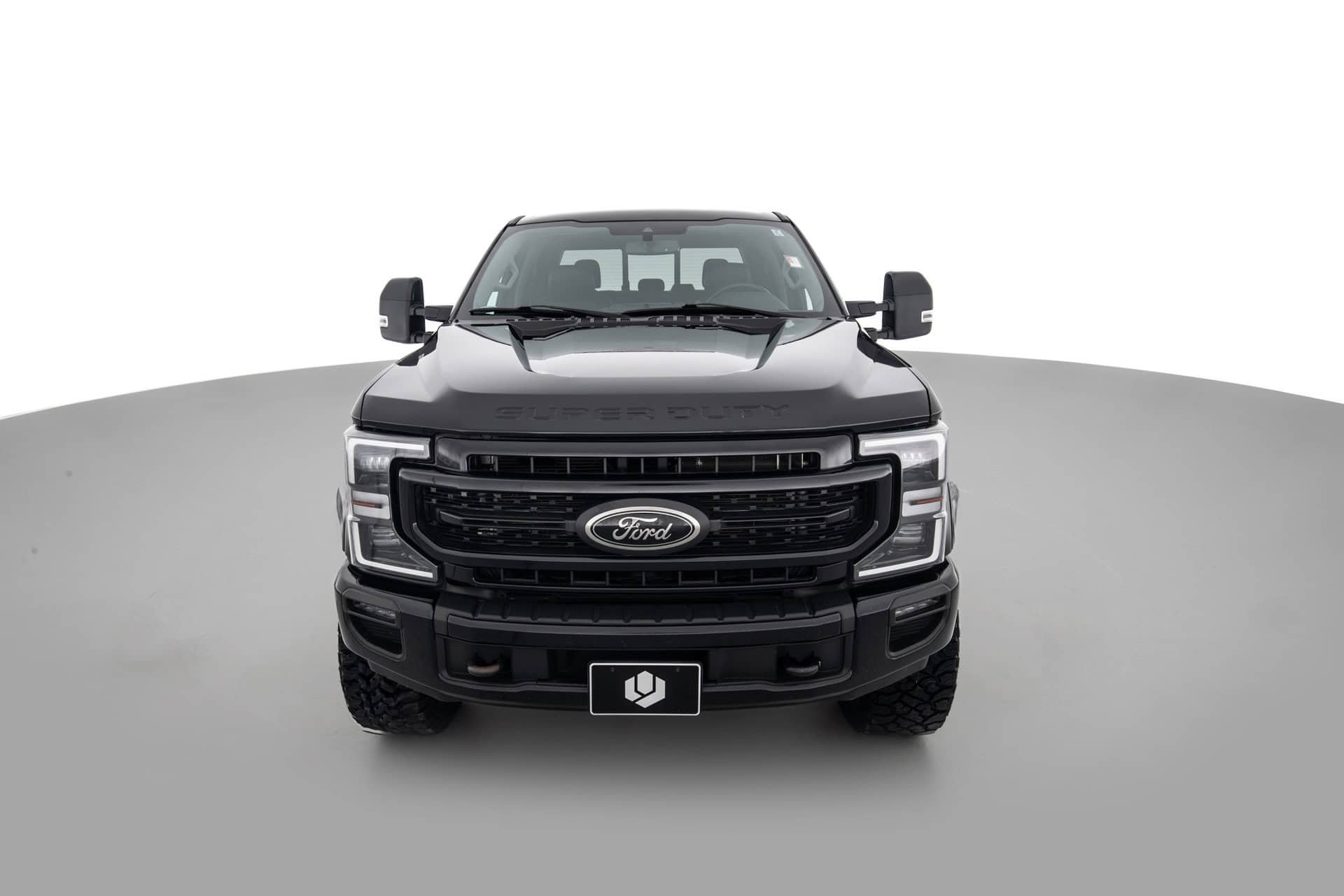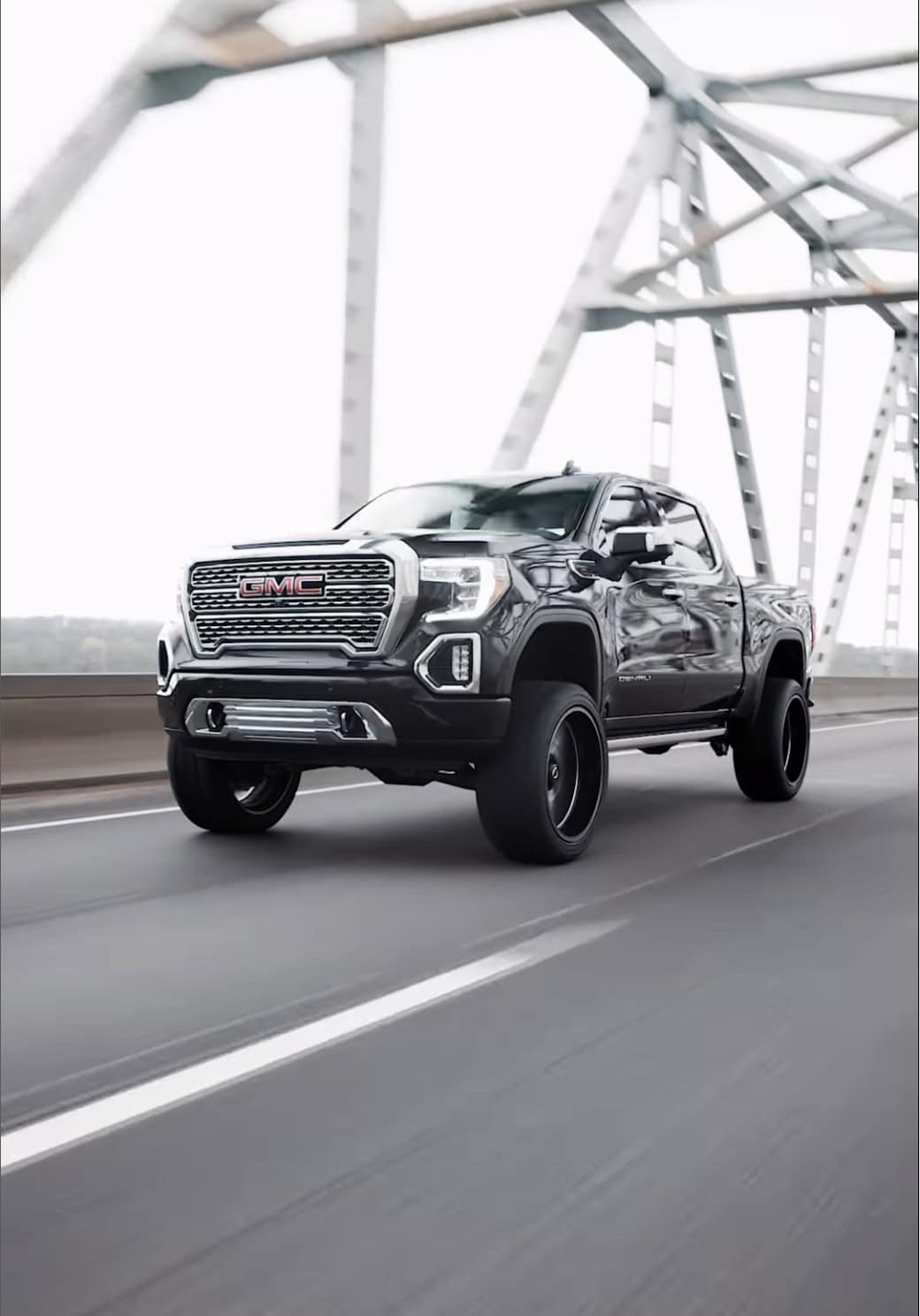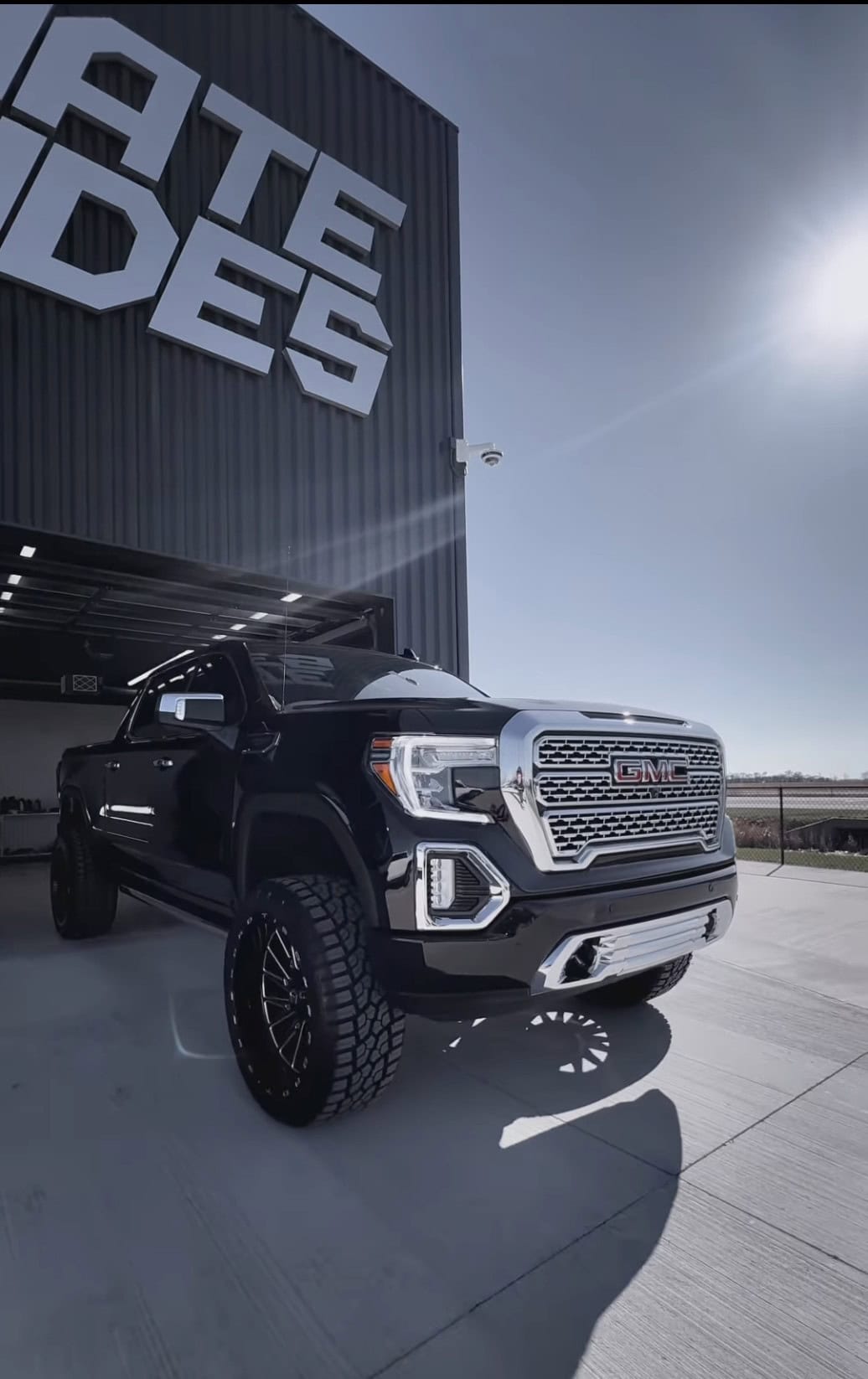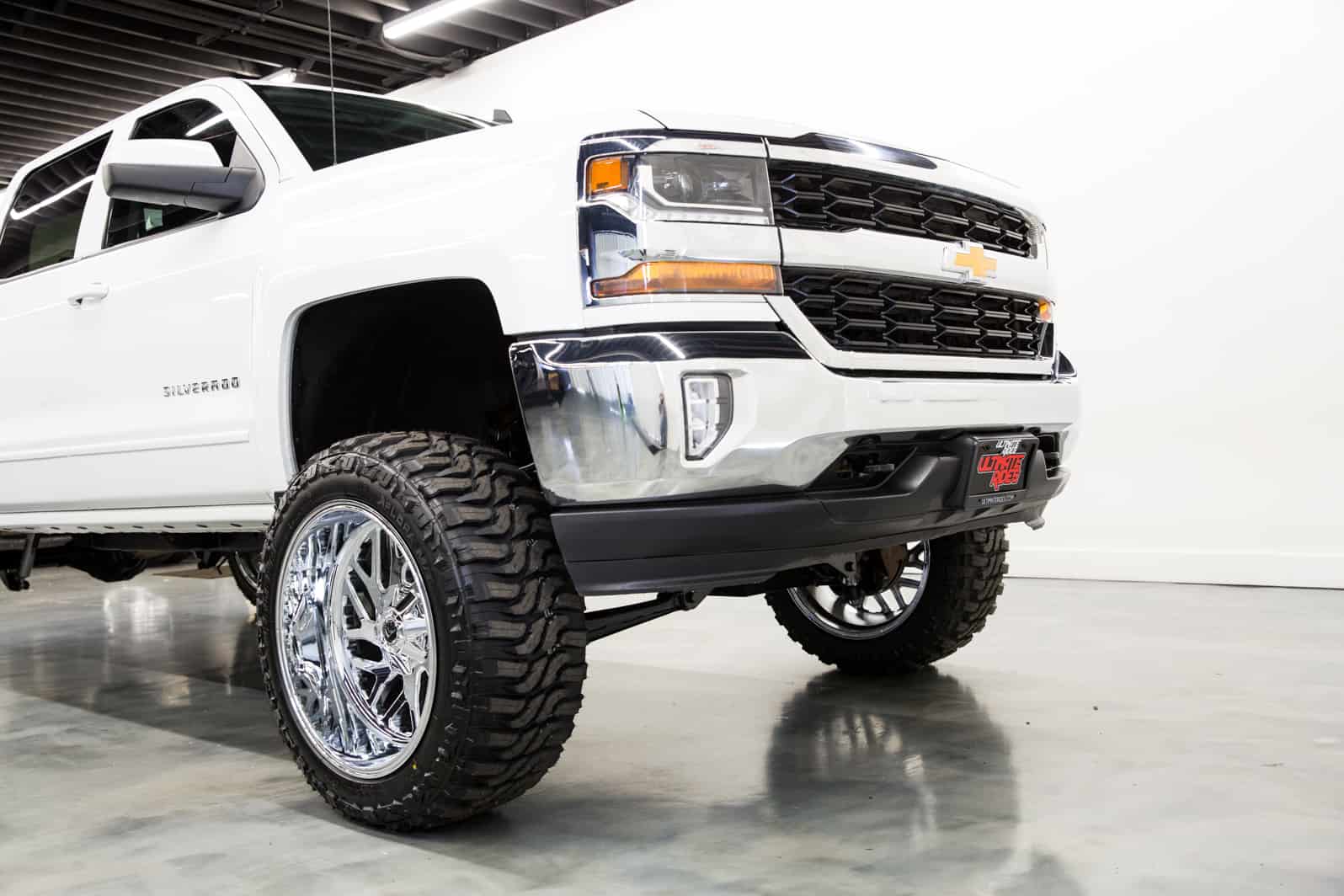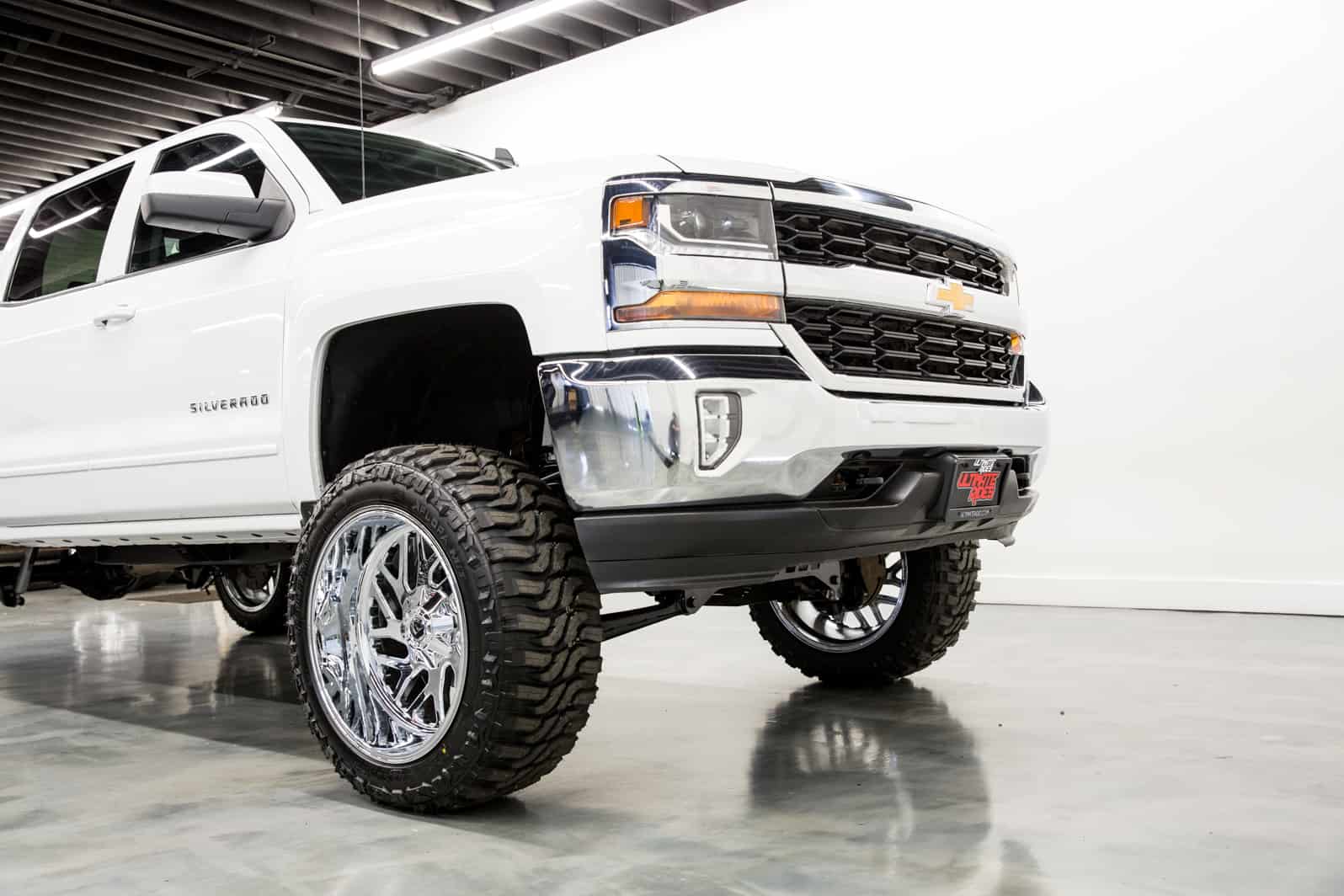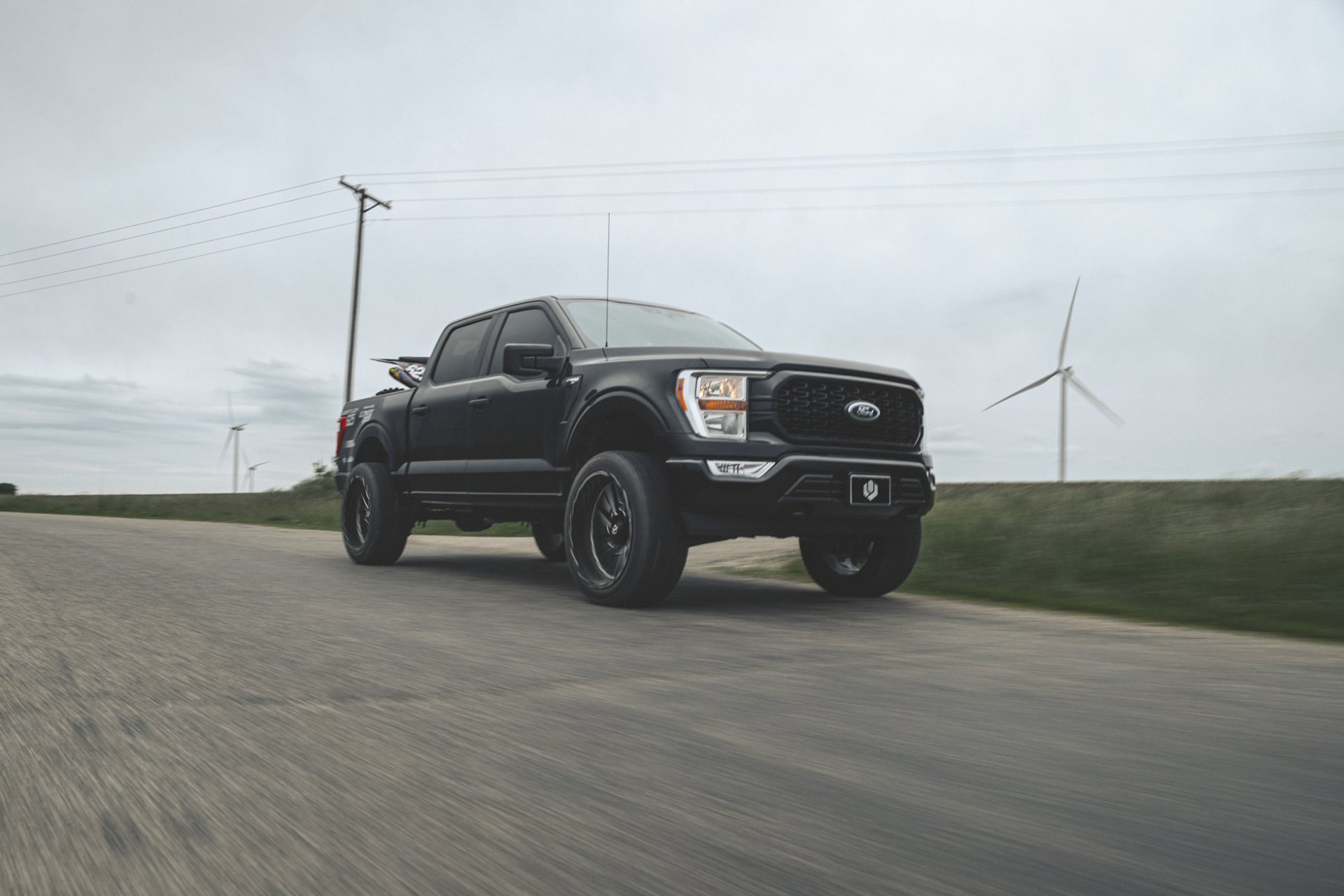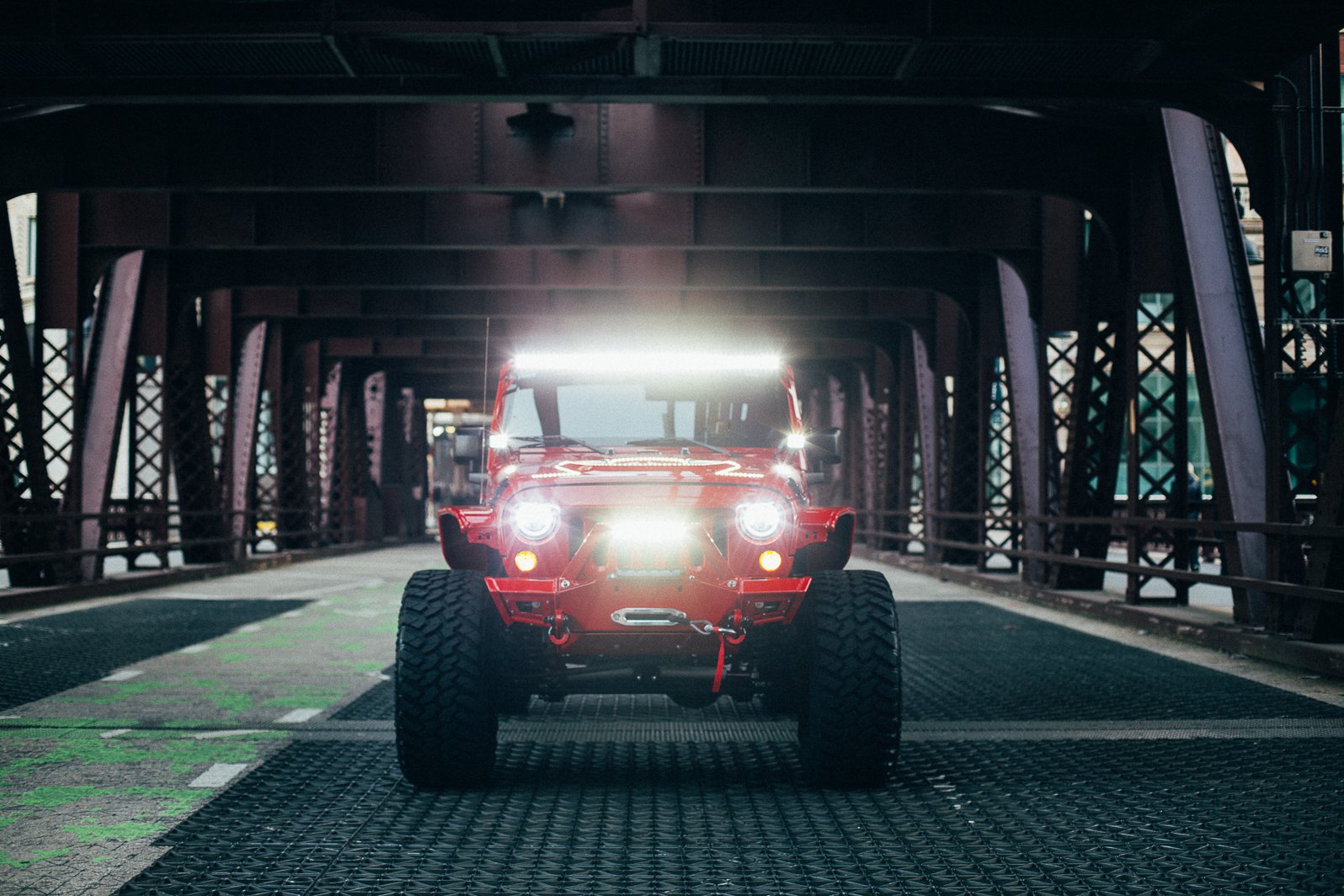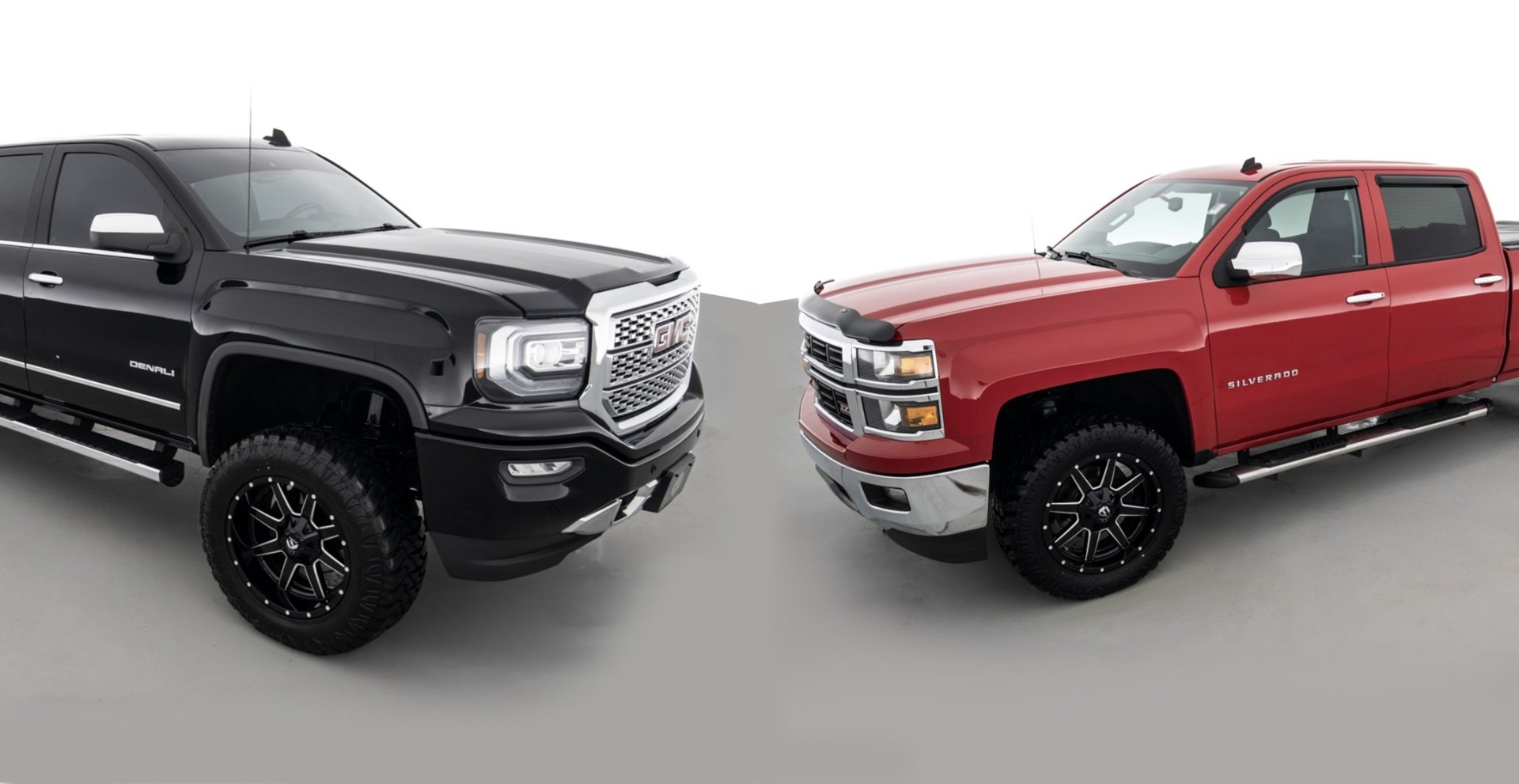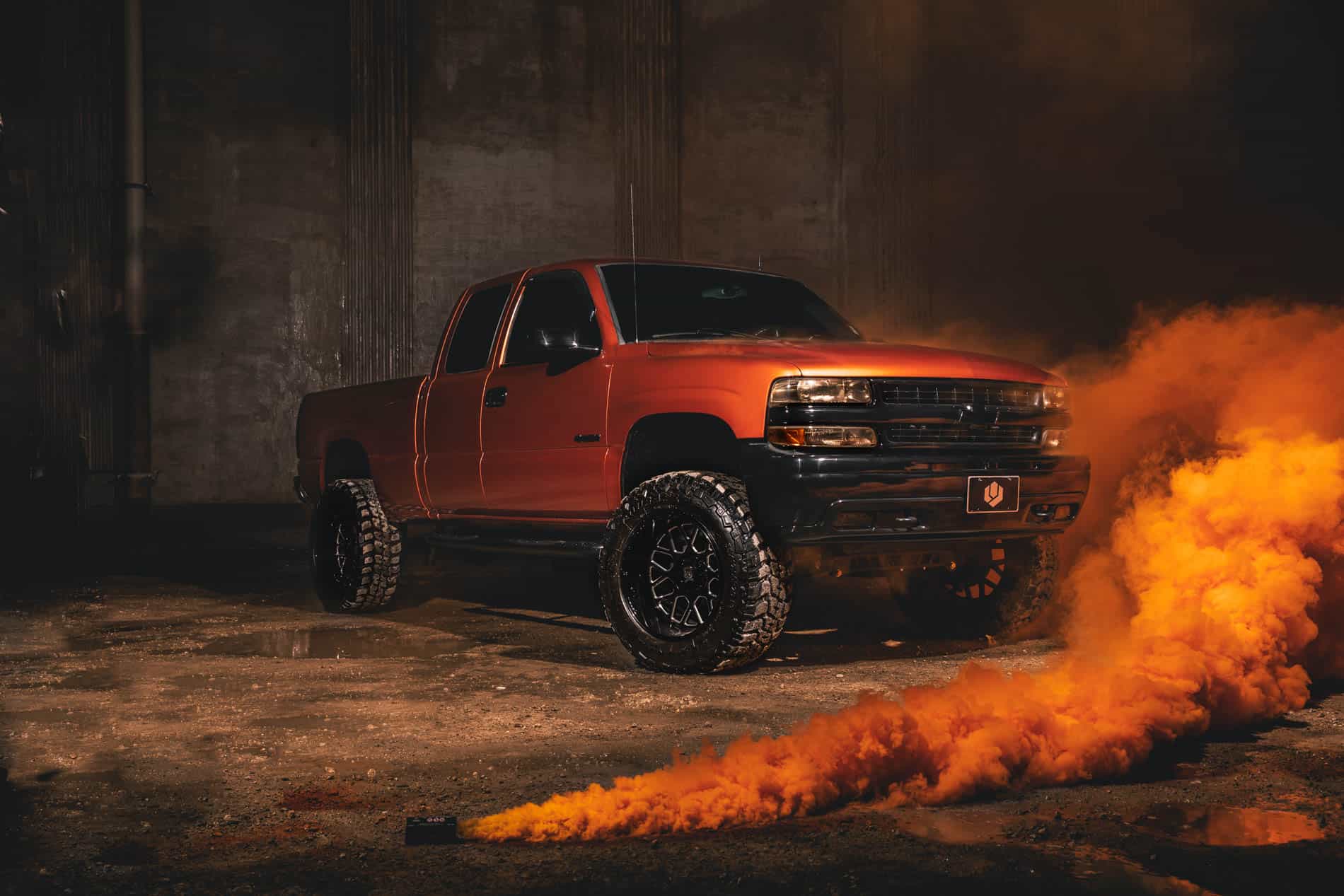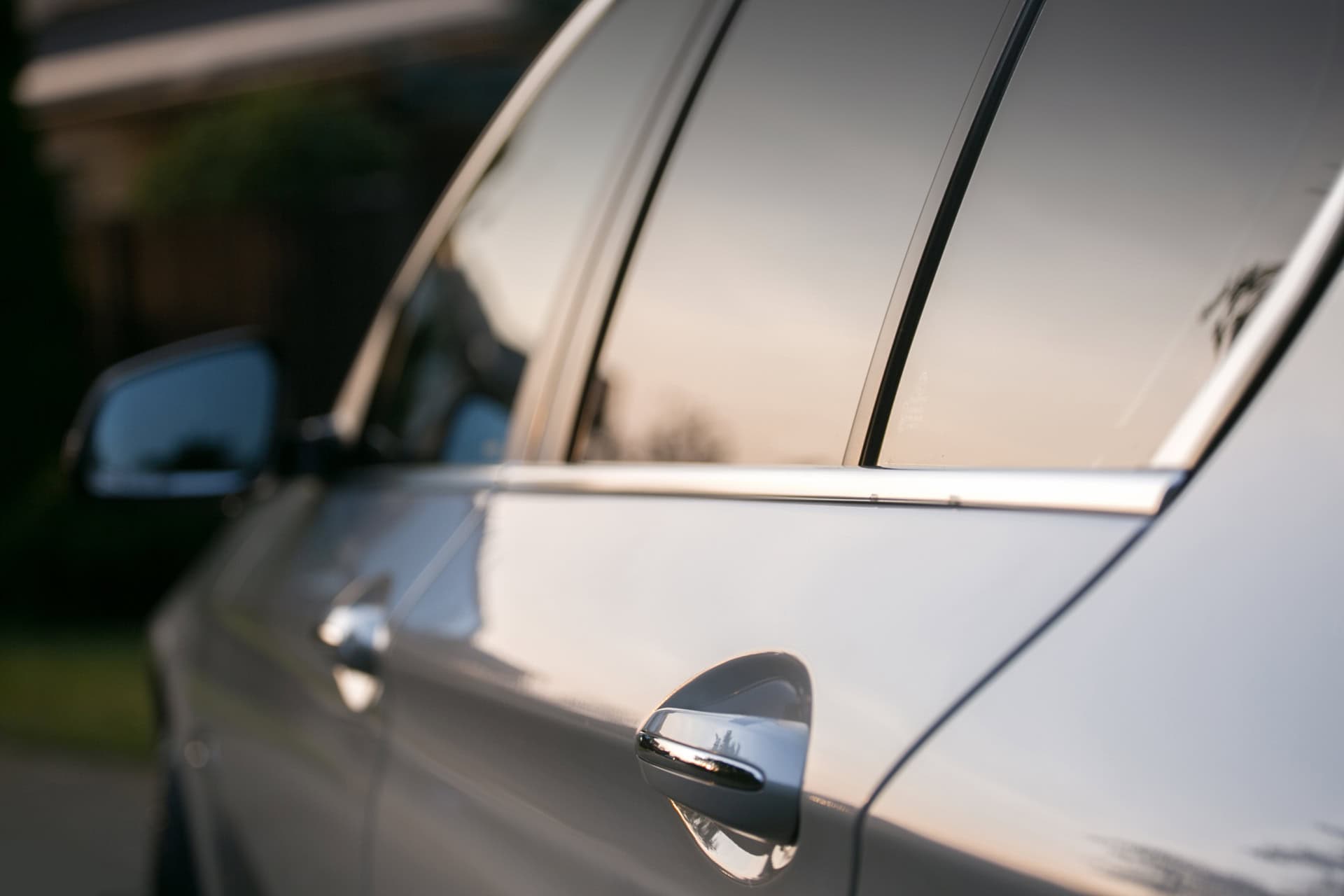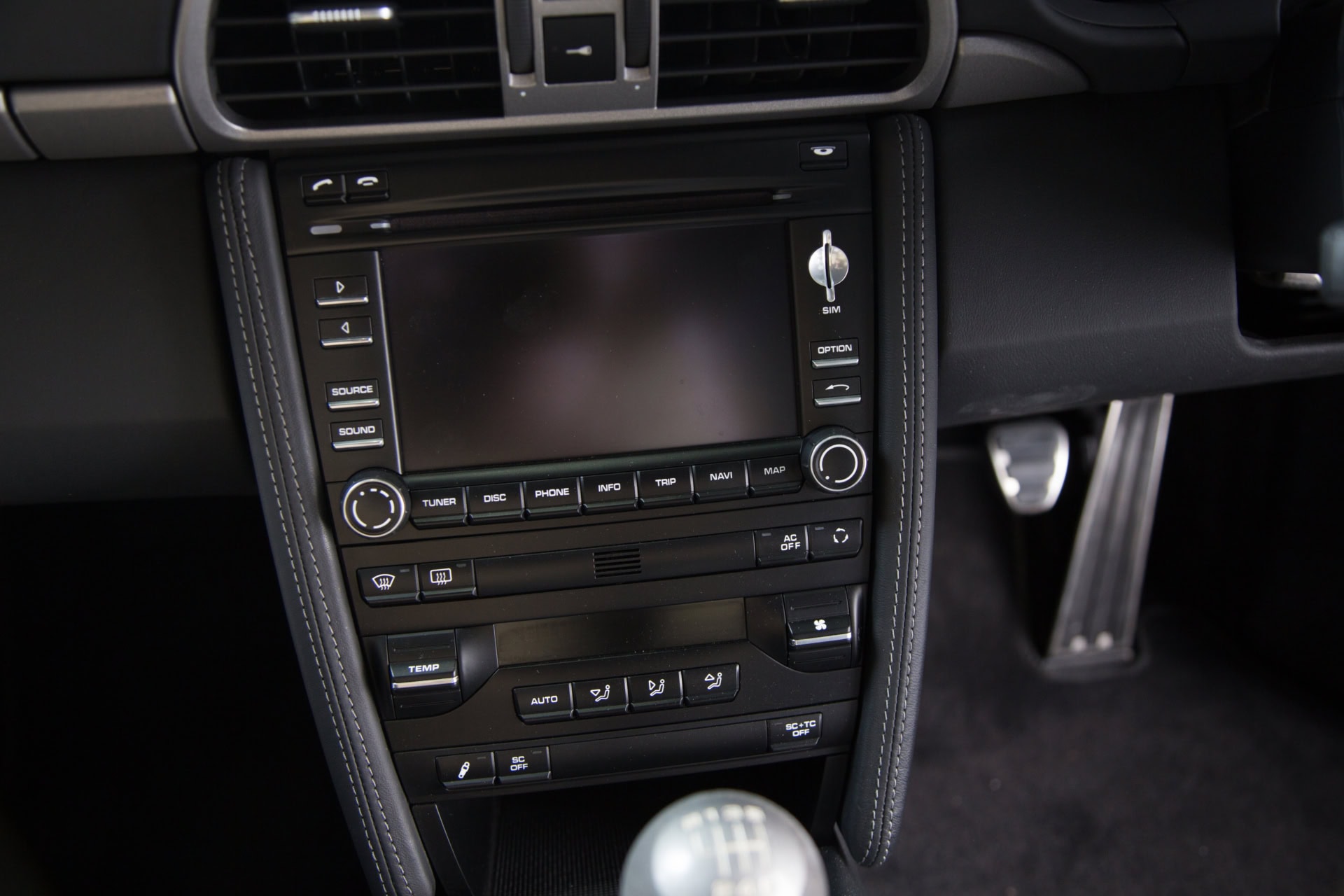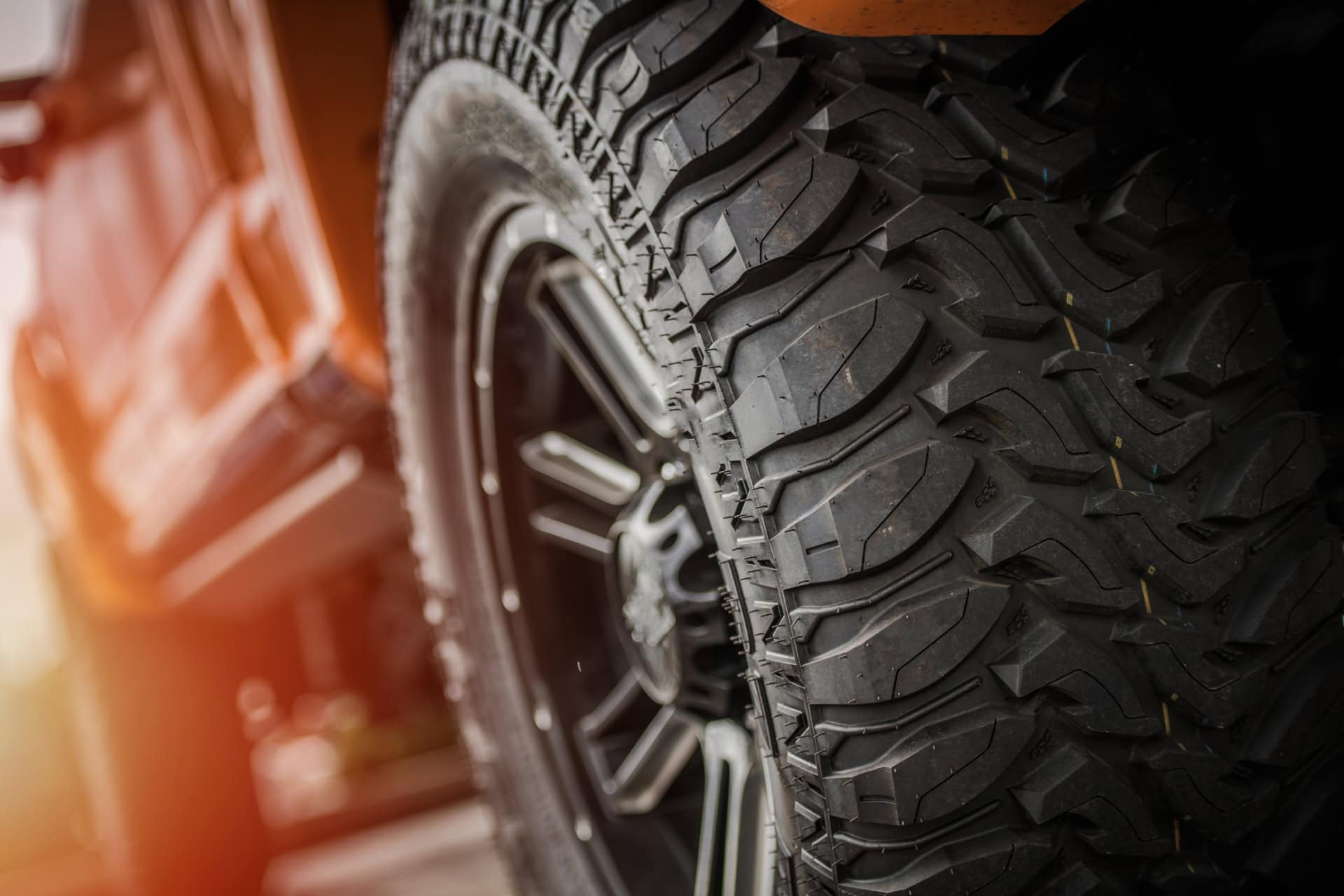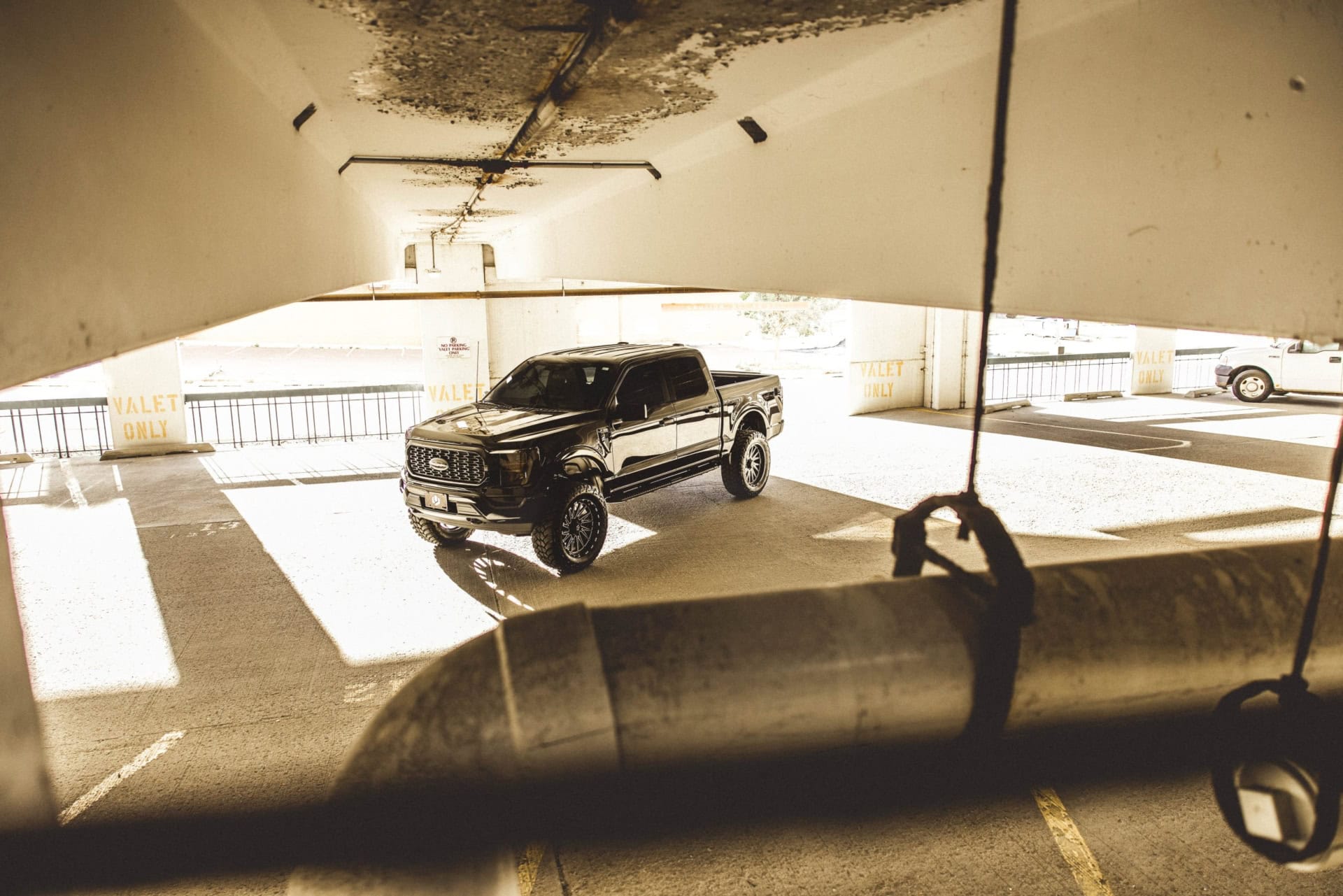So you’ve finally installed that lift kit you’ve had your eyes on for months. Your truck looks amazing sitting high off the ground with those aggressive new tires. But then you hit the highway, and suddenly, there’s an unsettling shake that gets worse the faster you go. What gives?
If you’re experiencing this frustrating issue, don’t panic. Virtually every lifted truck owner has dealt with mysterious vibrations or shaking at some point. It’s not just annoying—it can be concerning, especially when you’ve invested thousands in your ride.
The good news? Most lifted truck vibration problems have straightforward solutions once you know what’s causing them. Let’s look into why your pride and joy might be doing the highway shimmy and how to get back to smooth cruising.
Understanding Vehicle Dynamics Post-Lift
When you lift a truck, you’re essentially rearranging its entire physics package. Truck manufacturers spend millions designing vehicles with specific centers of gravity, weight distributions, and suspension geometries. Then we come along and jack everything up several inches!
Your truck’s now sitting higher, which means its center of gravity has shifted upward. This changes how weight transfers through your vehicle during acceleration, braking, and cornering.
This height change affects everything downstream. Suddenly, components that were designed to work together at specific angles are now interacting differently. This new arrangement is often the hidden culprit behind that shake.
Common Causes of Shaking in Lifted Trucks
Tire and Wheel Imbalance
This is one of the most common issues—and fortunately, one of the easiest to fix. Those massive new tires look awesome, but they’re also much heavier than stock. When spinning at highway speeds, even tiny imbalances become magnified.
The heavier the tire, the more pronounced this effect becomes.
The symptoms are usually pretty clear: vibration that increases with speed and often feels most intense through your steering wheel. If the vibration smooths out when you hit a certain speed then gets worse again as you go faster, tire balance is the likely suspect.
What to Watch For:
- Vibration that intensifies as your speed increases, especially between 50-70 mph
- Shaking that’s most noticeable through the steering wheel
- Uneven tire wear patterns, particularly scalloping on the edges
Fix:
- Have your tires professionally balanced with a road-force balancer specifically calibrated for larger tires
- Consider beadlock wheels or internal balancing solutions for oversized off-road tires
- Replace any bent or damaged wheels that can’t be properly balanced
Driveline Angle Alterations
This common issue is a bit more technical. Your truck’s driveshaft was designed to operate at specific angles between the transmission, transfer case, and differentials. When you lift the truck, these angles change—sometimes dramatically.
Imagine trying to stir a pot with a completely straight stick versus one with a slight angle. The angled one gives you leverage but requires more effort. Similarly, your driveshaft’s U-joints and CV joints work best within certain angle ranges.
When these angles get too steep after lifting, they can bind or create vibration, especially noticeable during acceleration or at steady highway speeds.
Many owners describe this as a vibration that seems to “come and go” depending on throttle position or a consistent “drumming” sensation at cruise speed.
What to Watch For:
- Vibration that’s strongest during acceleration or at constant highway speeds
- Shaking that seems to come from underneath the truck rather than the steering wheel
- Vibration that changes with throttle position or when shifting gears
Fix:
- Install a transfer case drop kit to restore proper driveline angles
- Upgrade to a CV-style driveshaft that can handle more extreme angles
- Consider adjustable control arms that allow fine-tuning of pinion angles
Suspension System Modifications
Your lift kit fundamentally changes your suspension geometry. Budget kits often focus on height alone without properly addressing all the new angles created.
When suspension components like control arms now operate at extreme angles, they can bind during normal operation or create unusual wear patterns. This commonly creates vibrations that seem to change with road conditions or when turning.
Another easy-to-miss issue is torque settings. After installation, suspension components can work loose over time if not properly torqued, creating clunks and vibrations that get progressively worse.
What to Watch For:
- Vibrations that change when turning or hitting bumps
- Clunking or popping sounds when driving over uneven terrain
- Suspension that feels overly stiff or exhibits unusual movement
Fix:
- Install geometry correction brackets or adjustable control arms
- Upgrade to a more comprehensive lift kit that addresses geometry changes
- Re-torque all suspension components to manufacturer specifications
- Replace worn bushings with polyurethane or upgraded options
Steering Component Stress
With your truck sitting higher and typically running larger tires, your steering components are now dealing with forces they weren’t originally designed to handle. The increased leverage from bigger tires can accelerate wear on tie rods, ball joints, idler arms, and pitman arms.
When these components develop excess play, they often create a distinct front-end wobble or “death wobble”—a violent shaking that tends to start around 40-50 mph and can feel downright dangerous. If you’ve ever encountered this, you know exactly how unsettling it can be!
What to Watch For:
- Violent steering wheel shake that starts suddenly at specific speeds
- Front wheels that visibly wobble when driving slowly over bumps
- Excessive play in the steering wheel before the tires respond
Fix:
- Replace worn tie rods, ball joints, and other steering components with heavy-duty alternatives
- Install a dual steering stabilizer to dampen feedback from the road
- Consider a complete steering upgrade kit designed for lifted applications
- Regularly grease all steering components to prevent premature wear
Aerodynamic Changes
This one’s very easy to overlook. Your lifted truck now has a much larger frontal profile, catching more wind.
The increased height makes your truck more susceptible to crosswinds and creates more turbulence around the vehicle. While this might not cause vibrations directly, it can make existing vibration issues more noticeable or give a feeling of instability at highway speeds.
What to Watch For:
- Your vehicle feels pushed around during windy conditions or when passing semi-trucks
- Unstable feeling at highway speeds even when other issues are addressed
- Increased wind noise around the cabin
Fix:
- Install wind deflectors on the hood and roof to improve airflow
- Consider a lower lift height if extreme stability is required
- Proper weight distribution with added accessories or cargo
- Add fender flares to reduce turbulence around wheel wells
Diagnostic Steps for Owners
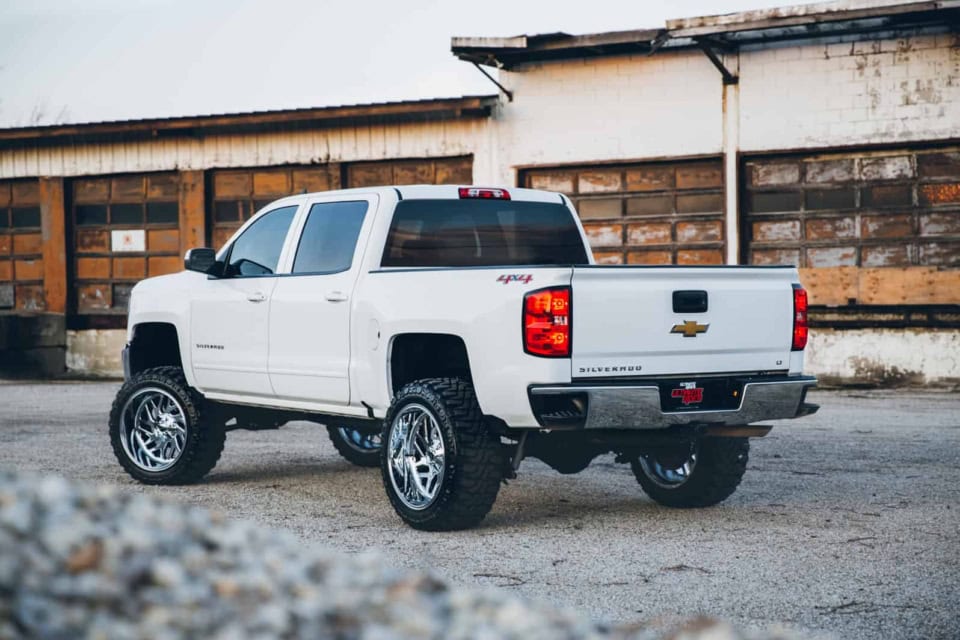
Visual Inspection
Before heading to a shop, take a few minutes for a basic inspection. Look for uneven tire wear—scalloped edges or worn centers can indicate alignment issues. Check for obvious looseness in steering components by having someone turn the steering wheel slightly while you watch the front-end components for excessive play.
Crawl under your truck and examine the driveshaft. Look for signs of rust on the U-joints (indicating they’re not getting properly greased) or any obvious damage. While you’re under there, you should double-check that the mounting hardware is tight and secure.
Test Driving
Play detective with a methodical test drive. Note exactly when the vibration occurs.
Is it:
- Only at specific speeds?
- During acceleration but not cruising?
- When braking?
- All the time?
Also, pay attention to where you feel it most—the steering wheel, seat, or floorboards. These clues will help narrow down the cause.
Steering wheel vibration often points to front-end issues, while seat vibration can indicate driveline problems.
Professional Assessment
Sometimes, the right tools and expertise are needed to diagnose complex issues. If you can’t pinpoint the problem, head to a shop that specializes in lifted trucks.
They’ll have the right equipment to measure driveline angles precisely, perform comprehensive alignments, and spot issues that might not be visible to the naked eye.
Need help finding a reputable shop that understands lifted trucks? Ultimate Rides’ lift specialists have the expertise to diagnose even the most challenging vibration issues.
Preventive Measures and Solutions
Regular Maintenance
Lifted trucks demand more attentive maintenance than their stock counterparts. Establish a regular schedule for checking and retorquing suspension components, inspecting driveline parts, and evaluating tire wear patterns.
The more specialized your vehicle becomes, the more specialized its maintenance needs are. Being proactive catches small issues before they become major (and expensive) problems.
Proper Installation of Lift Kits
Many vibration issues are born during installation. A proper lift involves more than just bolting on new parts—it requires understanding how each component affects the overall geometry of your truck.
If you’re planning a lift, consider having it professionally installed by technicians who specialize in truck modifications. Ultimate Rides’ lift shop ensures proper installation with attention to important details like driveline angles, steering geometry, and proper torque specifications.
Use of Quality Components
The old saying “you get what you pay for” definitely applies to lift kits. Budget kits often omit those essential components that maintain proper geometry and driveline angles.
Quality kits might cost more upfront but typically include components like adjustable control arms, track bars, and proper bump stops that maintain your truck’s handling characteristics while achieving the look you want. This initial investment often saves money in the long run by preventing vibration issues and premature wear.
Periodic Alignments and Balancing
Once lifted, your truck needs more frequent alignments than stock. The altered suspension geometry and larger tires make your truck more susceptible to alignment issues, which quickly lead to vibrations and uneven tire wear.
Schedule alignments immediately after installation and then at regular intervals as part of your maintenance routine. Ultimate Rides’ alignment services specialize in lifted trucks, so you get the right alignment specs that account for your modifications.
Smooth Riding Ahead
Figure out what’s making your truck shake, fix it fast, and you’ll be cruising smooth again in no time. Look, we all want to save a buck, but skimping on maintenance, buying cheap parts, or DIYing a complex install usually costs more in the long run.
Your truck (and your spine) will thank you for addressing vibration problems early. Nothing beats the confidence of hitting the highway in a lifted truck that’s rock solid at any speed.
Can’t figure it out yourself? No shame in that – the crew at Ultimate Rides deals with these exact issues every day.
Get Your Lifted Truck Running Smooth Again – Contact Us Today!
Frequently Asked Questions
How soon after installing a lift kit should I get my truck aligned?
Get your truck aligned immediately after installing a lift kit. Even with a perfect installation, your suspension geometry has changed, and alignment is a must for proper handling and to prevent premature tire wear.
Can adding a steering stabilizer fix my lifted truck’s shaking issues?
A steering stabilizer is like putting a Band-Aid on a broken arm. It might mask symptoms temporarily but won’t fix the underlying cause. It can reduce the feel of vibrations but won’t address issues like tire imbalance, poor alignment, or driveline problems. Always diagnose and fix the root cause rather than just adding a stabilizer.
Why does my lifted truck only shake between certain speeds?
That’s a telltale sign of a rotational balance issue. Components like driveshafts, tires, and wheels have natural frequencies at which they vibrate more intensely. When your truck reaches speeds that match these frequencies, the vibration becomes more noticeable.
